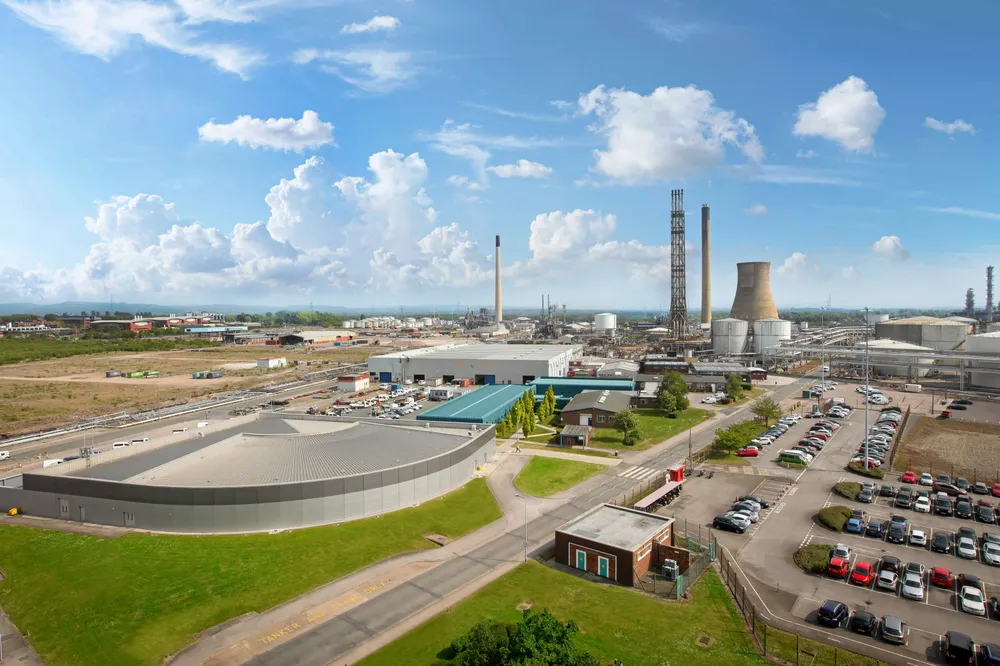'Blue hydrogen could be beneficial or disastrous for the climate, depending on how accurately lifecycle emissions are measured'
Environmental Defense Fund warns that the Hydrogen Council’s widely referenced analysis underestimates impact of methane and H2 emissions
